UPSTREAM
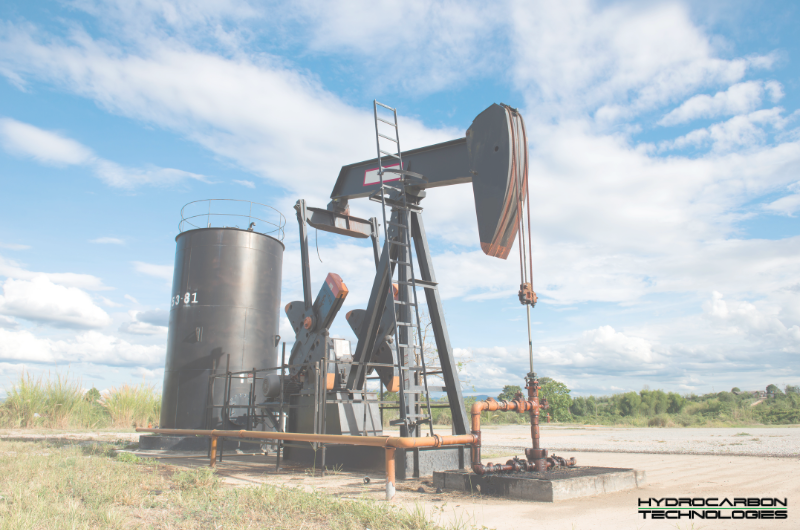
An
increasing number of oil reservoirs can’t be exploited any more in an
economically viable manner. Crude oil with low quality (heavy,
high sulfur content) inhibits exploration.
By introducing
the agent directly into the reservoirs, we can reduce the viscosity and / or improve
production or even make the exploration possible again.
As our first tests constantly have demonstrated excellent results, we decided
together with a customer to undertake field tests to reactivate reservoirs in
Gulf Cooperation Council.
The
application is shown in the following layout.
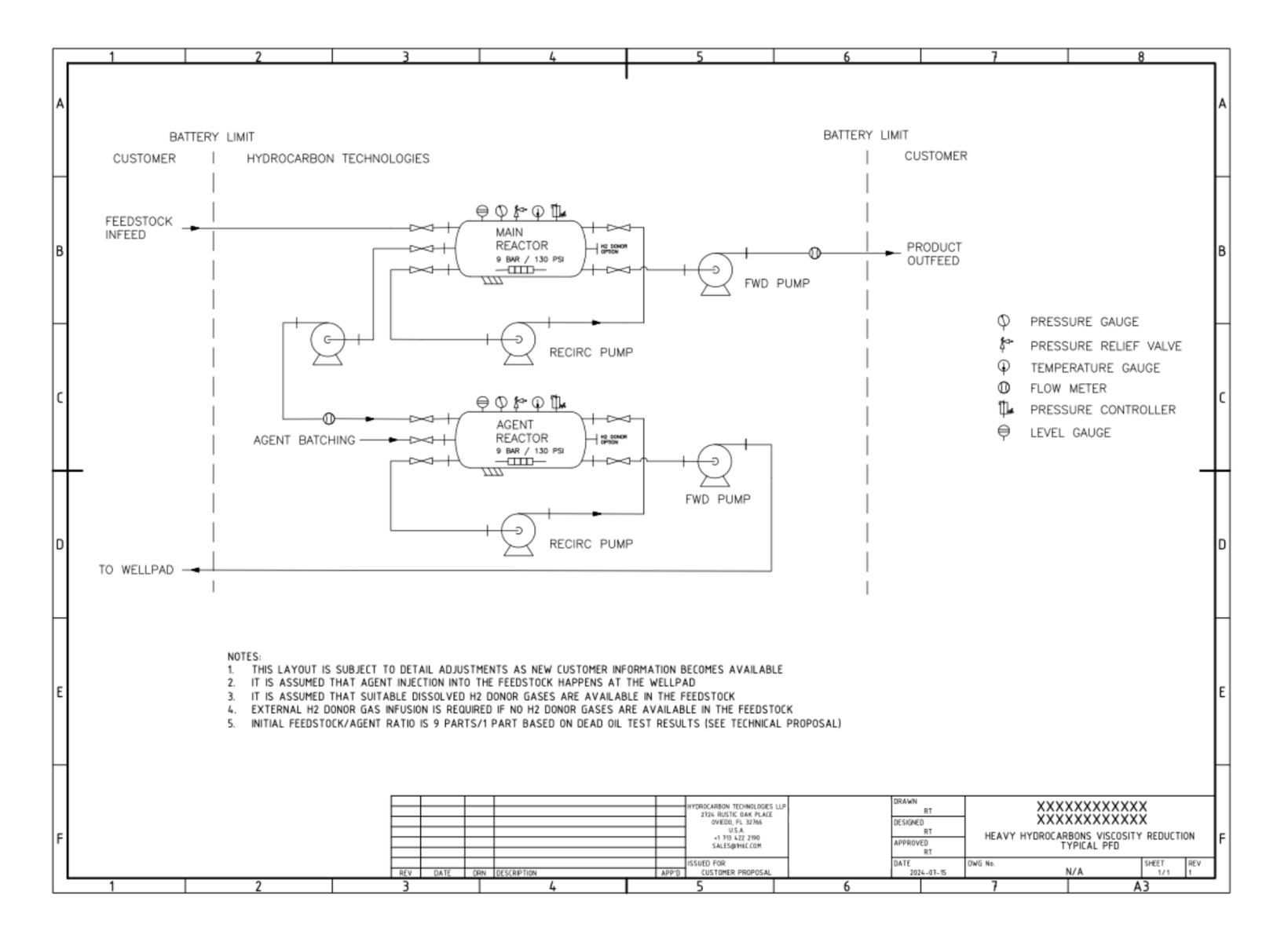
We expect the following direct business benefits:
MIDSTREAM
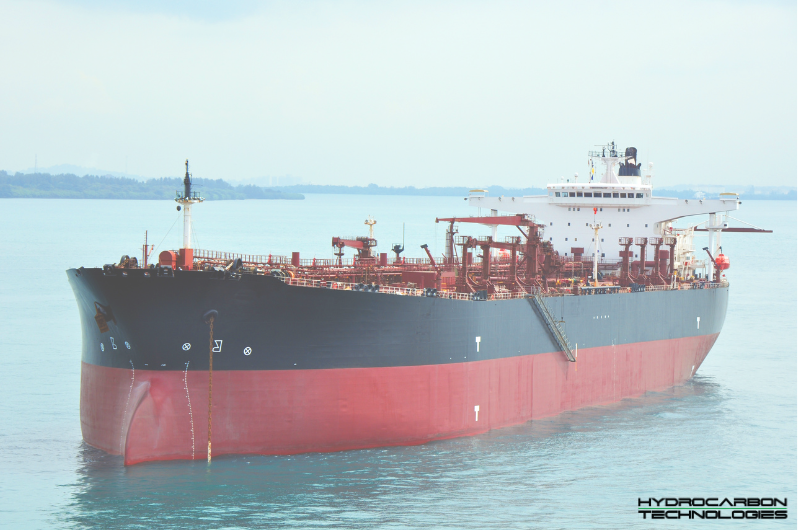
Pipeline / Transportation:
Frequently
transportation issues occur in pipelines for heavy hydrocarbons due to their
high viscosity and deteriorating quality.
We use the
agent to reduce the viscosity within a short time and make the crude oil
pumpable again. There is no longer the need of any problematic chemicals or
other expensive diluents. These can be replaced by our fully organic
bio-chemical process.
Our
customer has confirmed that the viscosity can be reduced both quickly and
economically. Currently we are already working together on several sites.
Principle of viscosity reduction…
Gulf Cooperation Council
Reduction of Viscosity
Introduction:
Our customer has conducted various tests with our microbial agent and our defined process.
These are their statements:
"This test focused on viscosity depression as the primary treatment target in order to facilitate truck and pipeline transport; however, laboratoty analysis also extended to the underlying functional mechanism of microbial cracking.
Viscosity: The original target was to work with kinematic viscosities. This proved impossible for the before-treatment crude sample due to its exhibited non-Newtonian behavior (shear rate dependence), which appears to originate from the 11% by mass ("m%") water content of this sample.
Discussion of Results:
- The viscosity reduction target was <900cSt at ambient temperature (Oman desert).
- The shown carbon distribution comparison demonstrates the cracking of heavier hydrocarbon molecules into shorter ones as the driving reason for the viscosity reduction. This property upgrading is an inherent benefit of the technology and increases the crude quality E.g., decane went from 1.38m% before treatment to 7.55m% after treatment, an increase of 447%. This proves that this is not a simple dilution by the agent.
The same
customer intends to apply this principle for other applications, like oil
sludge from tanker cleaning.
Tanker /
Tank Cleaning:
Cleaning and
extracting of oil sludge in tanks are costly and highly time-consuming.
Additionally, this work takes place under hazardous conditions.
We use the
agent to reduce the viscosity and to transform the sludge into pumpable lighter
hydrocarbons that are ready for further processing.
We expect a significant more profitable and much faster process. The output of the process are no longer waste hydrocarbons but upgraded, light ones.
Application
for Oil tanker cleaning...
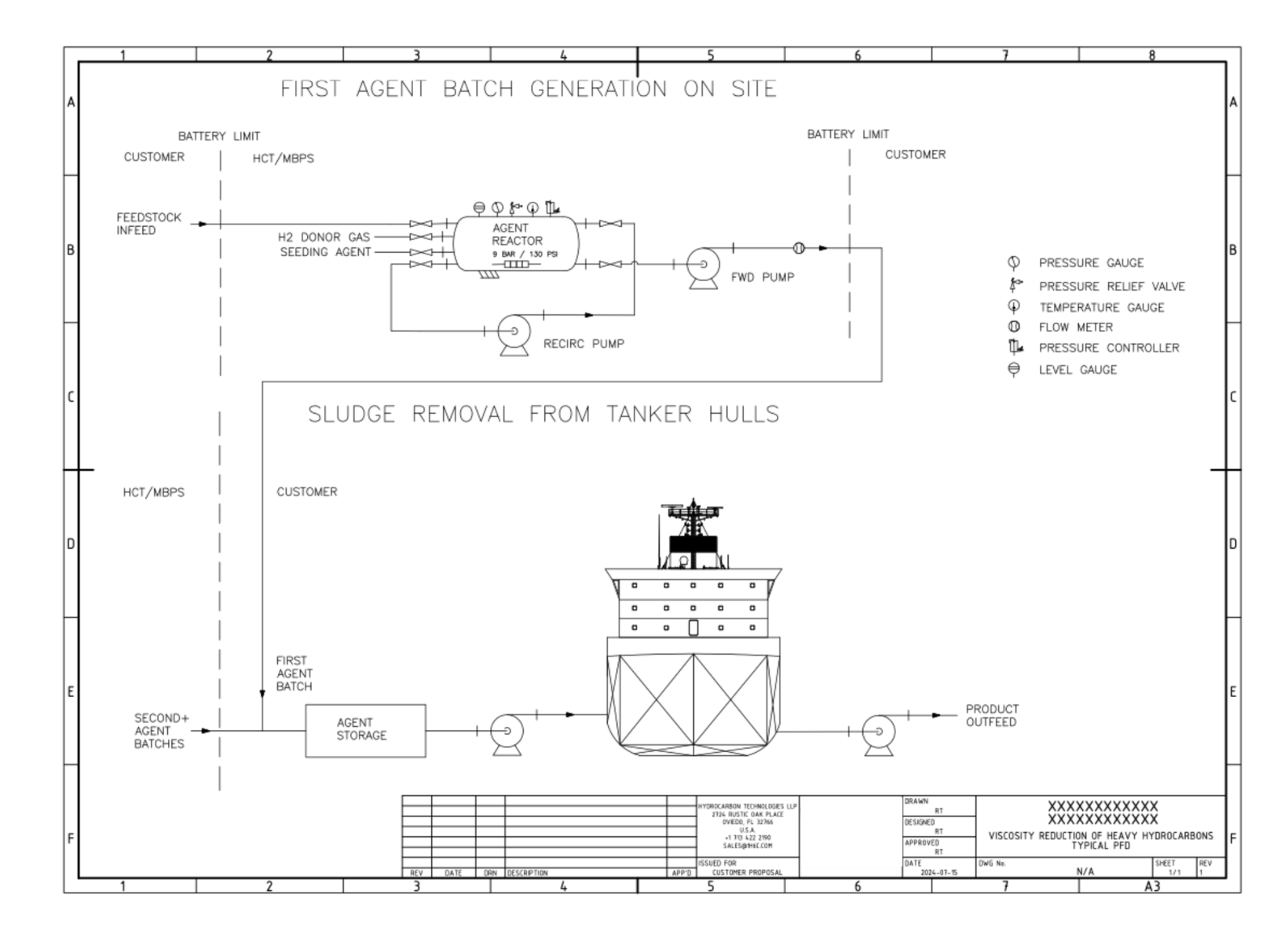
We expect the following direct business benefits:
DOWNSTREAM
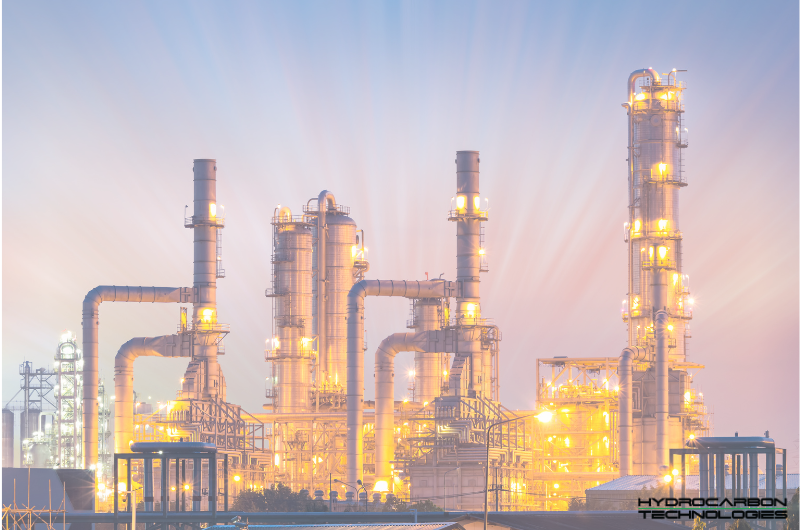
Direct Refining:
Increasingly
heavy crude oils require more and more energy to be refined.
With our
technology we transform heavy crude oils into lighter hydrocarbons to
significantly reduce energy consumption of next process steps (distillation or
the respective cracking processes).
Distillate Residuals:
Treatment of steadily increasing Atmospheric and Vacuum Distillation Residues (ADR & VDR) causes increasing energy consumption.
We use our technology as an alternative, fast, robust and low-cost cracking process to transform highly viscous and sulfurous heavy oils obtained at the end of a petrochemical refinery process to light hydrocarbons via biocracking.
We expect significantly higher profitability in the refining process due to:
1. Energy savings in refineries of 30% and subsequent lesser emissions.
2. A higher productivity due to an increased utilization of the crude oil appears to be highly probable.
Excellent results have been constantly achieved; further tests and studies are ongoing.
Application:
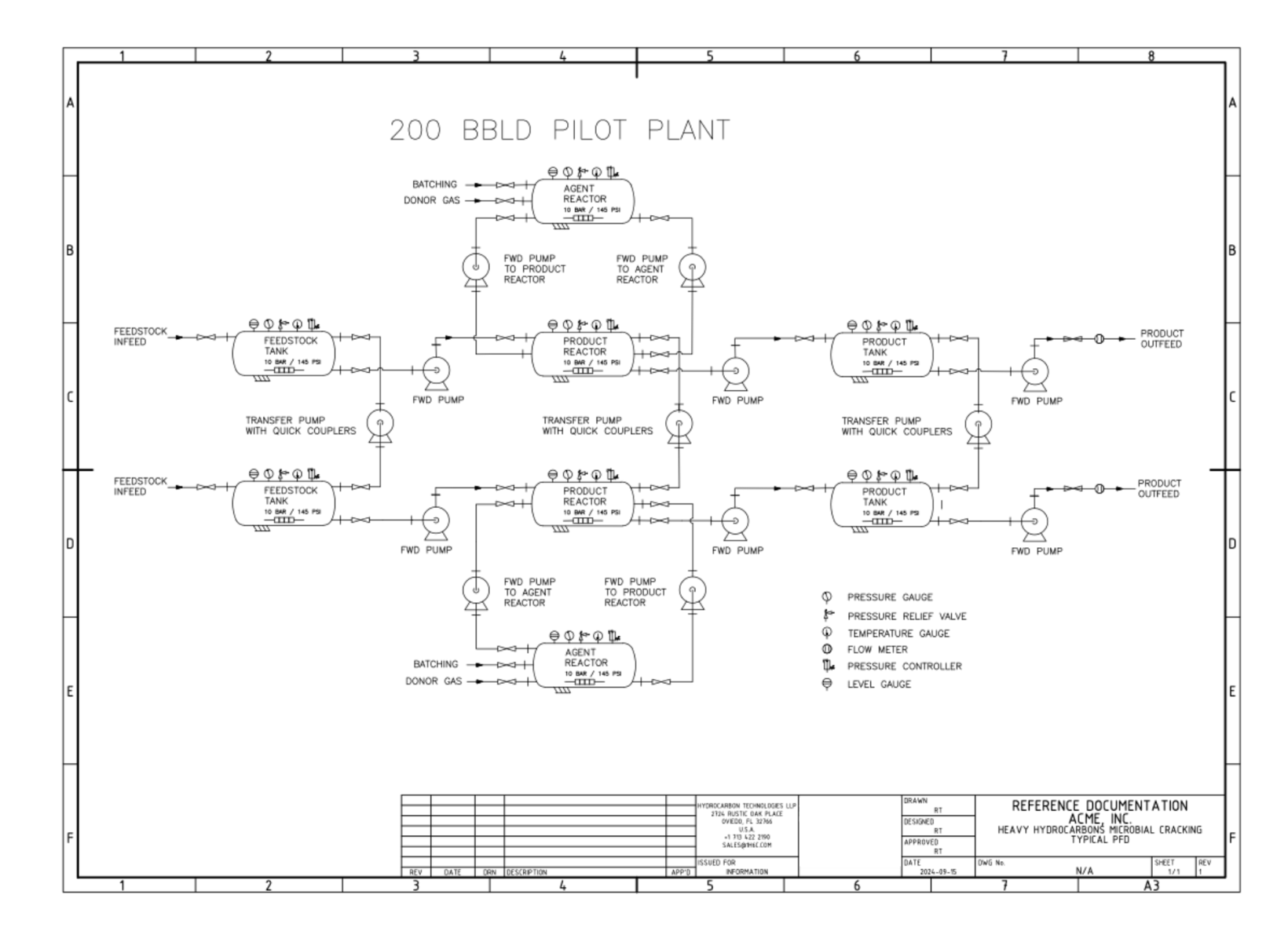
Distillation Records / Total Recovery Rate for Arab Light:
Comparison Before and After Treatment
Untreated Arab Light

Treated Arab Ligh

Treatment of San Miguel heavy crude (Texas, USA)
No agitation, 60C water bath temperature, after 24h of treatment:

Feedstock is San Miguel oil province (TX, USA) bitumen.
Analysis of the treated product seen in the video clip has zero alkanes >C26.
Agent volume used is about the same as feedstock volume.
We expect the following direct business benefits:
